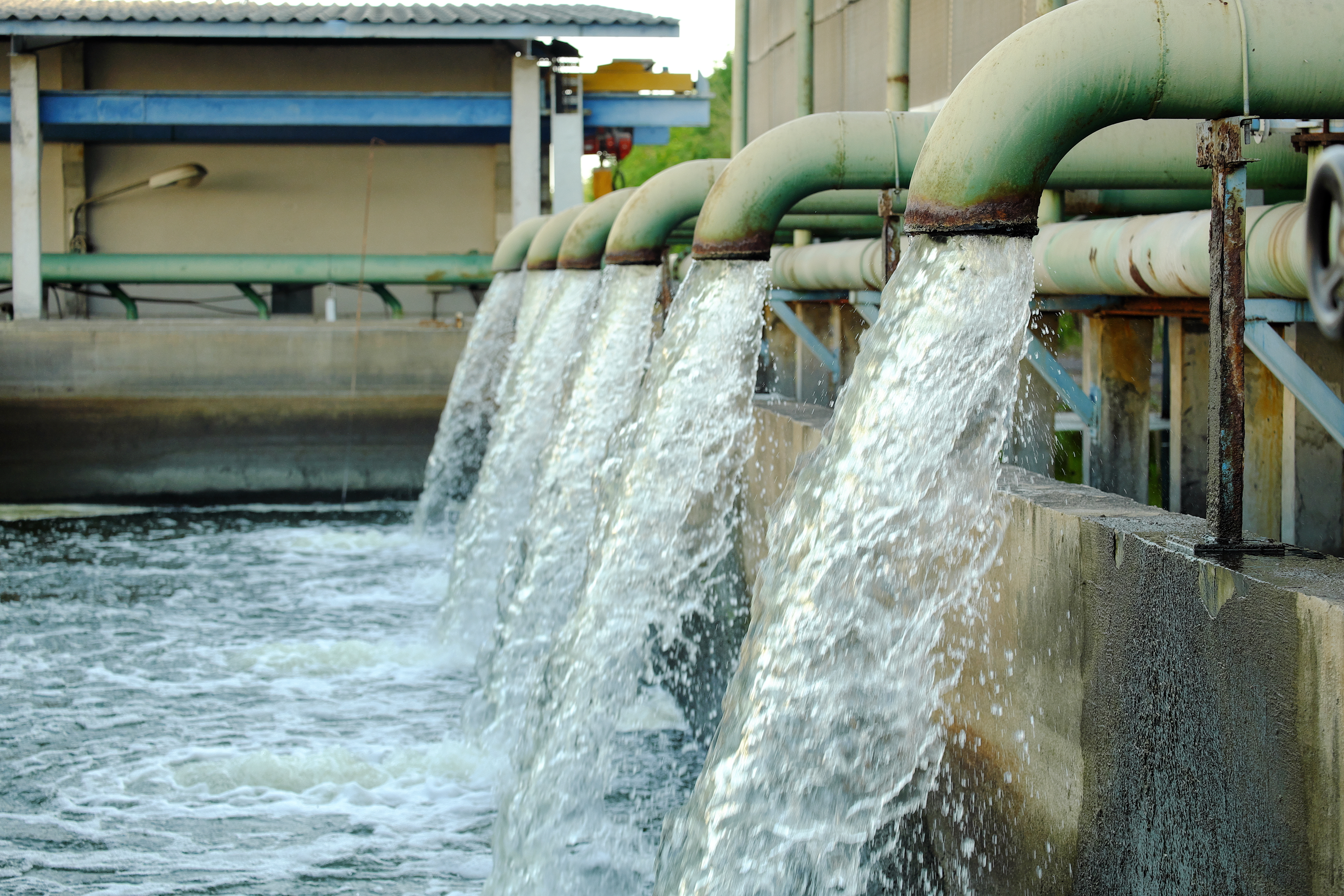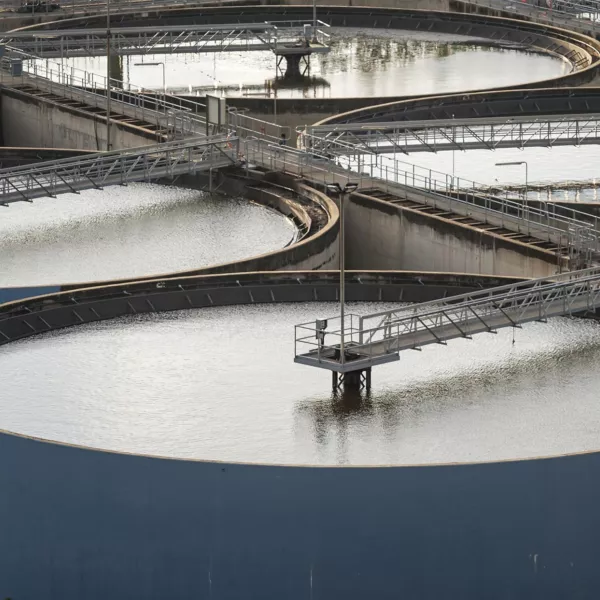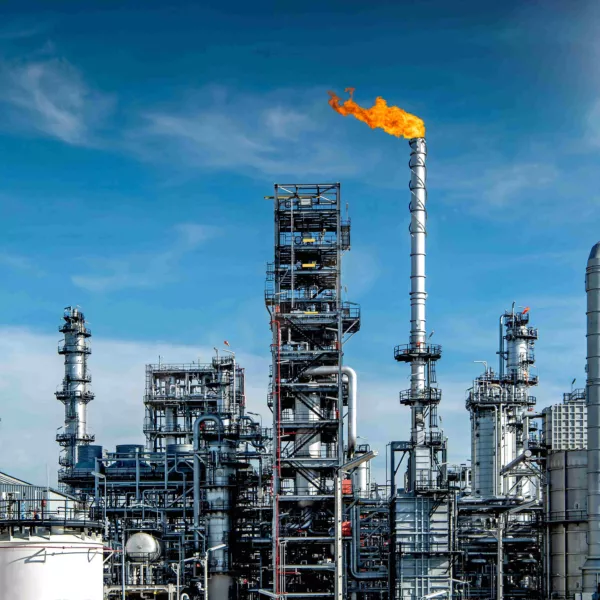Removing odours and COD from waste water after vacuum distillation
Vacuum distillation is widely used as an effective industrial waste water treatment. However, depending on the components in the waste water, smells can emanate from the distillate or concentrate, or vapours can be produced during the treatment process itself. Activated carbon filtration can reduce odour pollution from all these sources and lower Chemical Oxygen Demand (COD) levels, allowing for the safe discharge of purified concentrate or distillate into the environment.
The Problem
A speciality chemical factory in Poland treats waste water through vacuum distillation. The water is evaporated, while the distillate is discharged into the river. The leftover concentrate is sent to a waste treatment facility.
This distillate should be pure but, in practice, it had a somewhat pungent smell. The problem was worsened by the fact that the river leads into a nature reserve and is a popular kayaking spot.
The company traced the source of the smell to organic molecules in a fuel additive used to increase the cetane number of diesel so that it burns in lower temperatures.
Additionally, the company found that COD in the distillate occasionally peaked, breaching the permitted 125 mg/l limit.
DESOTEC had made contact with the company a few years previously. In early 2020, the company contacted us asking if activated carbon might prove to be an effective solution for this situation.


The Solution
We took samples of the waste water distillate and put them through tests in our labs in Belgium, trialling different carbon types to treat both odour and COD.
Once our isotherm tests showed that COD levels were low enough, we sent the treated samples back to the customer for sniff tests.
Those tests revealed that the carbon type which performed best in terms of removing odours could also consistently lower COD levels to well below the permitted limit. It was not the optimum grade in terms of COD, but as it was effective for tackling both problems, it was chosen by the customer.
The flow rate from the vacuum distillation unit was very low: just 40 m³ per day. Therefore, we decided to install a small MOBICON 2000 filter.
The only other technology required was a pump, making this a very simple installation.
All this work took place just as the Covid-19 pandemic was beginning and lockdowns were being introduced across Europe. Nevertheless, we were able to carry out the lab tests within around one week, and install the filters just two weeks after the customer made the order. In emergency situations, we can even expedite this process.
The Results
DESOTEC’s filtration solutions are proving highly successful in treating both odour pollution and COD at this chemical factory.
There is now only a faint smell coming from the waste water distillate, and this is not noticeable after discharge. COD levels are consistently below 70 mg/l, well within the terms of the company’s permit.
When we think of waste water pollution, we rarely think of odour problems. However, they can be a considerable issue.
Vacuum distillation performs very well for waste water treatment, but is sometimes not quite sufficient. DESOTEC filters can provide a quick fix, and usually the only extra technology required is a pump.
DESOTEC’s lab tests were crucial in finding a rapid solution to this problem, as only one carbon type performed well for both odours and COD.
The filter at this site needs to be exchanged every one to two months. It is a swift process that is undertaken by DESOTEC, so the client doesn’t need to handle spent carbon.
All waste is transported safely in closed filters to DESOTEC’s facilities in Belgium. There, even carbon that is heavily contaminated with organic nitrogen, as in this case, can be reactivated for reuse. All contaminants are completely destroyed, and the only substance exiting the furnace chimneys is harmless water vapour.
Contact DESOTEC today
To discuss how our filtration solutions could supplement your vacuum distillation process, contact our team of engineers today.
Contact our expertsContact DESOTEC today
To discuss how our filtration solutions could supplement your vacuum distillation process, contact our team of engineers today.
Contact our experts-
Waste and wastewater management
Sustainable air and water purification for waste management and recycling to protect our environment and control odours. -
Chemical industry
Circular solutions to purify chemicals, air emissions and wastewater, protecting occupational health, the environment, and your business. -
Your sustainability journey
We care about protecting our air, water and soil for future generations, just like you. Our filtration solutions help you meet environmental standards, reducing your carbon footprint.


